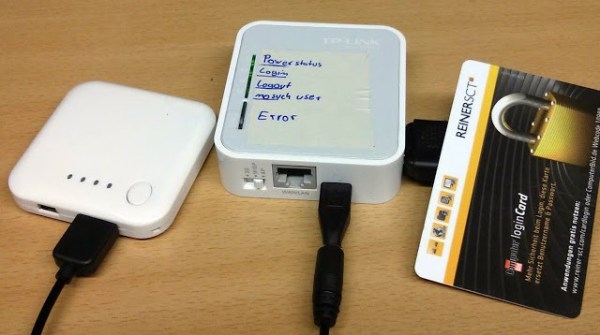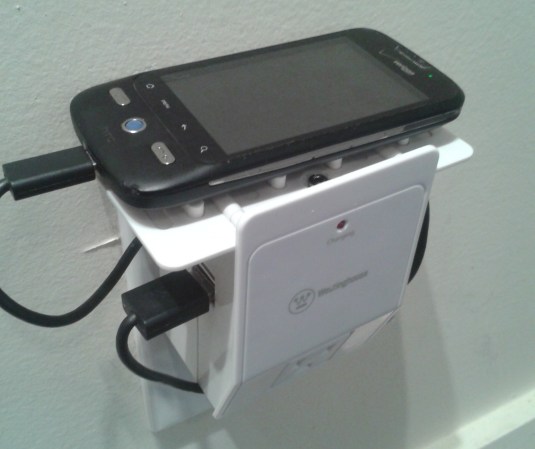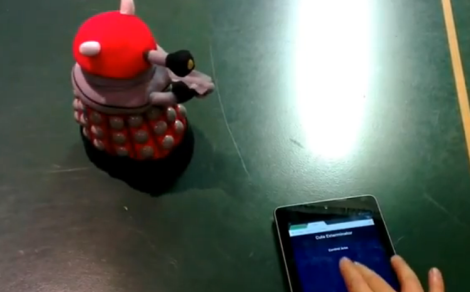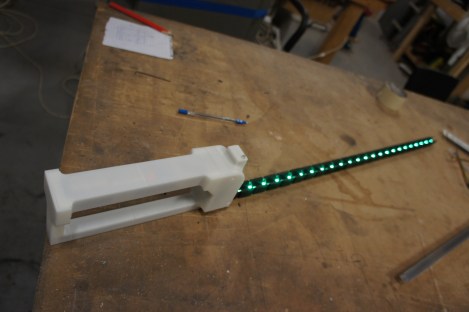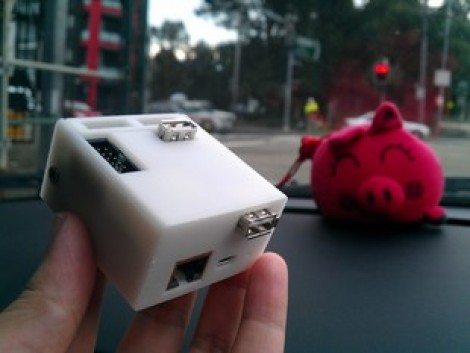Seen at the center of this image is a TP-Link TL-MR3020 which is basically a TL-WR703N wireless router with a few extra LEDs. We’ve seen a lot of projects using this hardware and that’s because it’s cheap and ripe for hacking. The devices can run OpenWRT, a Linux distro for routers that greatly extends the functionality when compared to the stock firmware. Now a couple of members of Shackspace — a hackerspace in Stuttgart, Germany — have written a script that automatically generates specialized firmware for the router. That link goes to their wiki page about the script, but you may find this overview post to be an easier read.
The concept is that gathering specialized hacks into easy to flash packages does away with a lot of configuration headaches. For example, if you just want to play around with an NFC reader for a day-long event you can connect hardware like what is seen above and use the NFC-gate option of the script to flash firmware meant to drive it. So far there’s also support for streaming a USB webcam, serving as a USB network bridge, and a few others. But the whole point of this is to make it simple to roll new firmware mods into the script that make it easy to preserve the work for use at a later time.
[Thanks Hadez]

